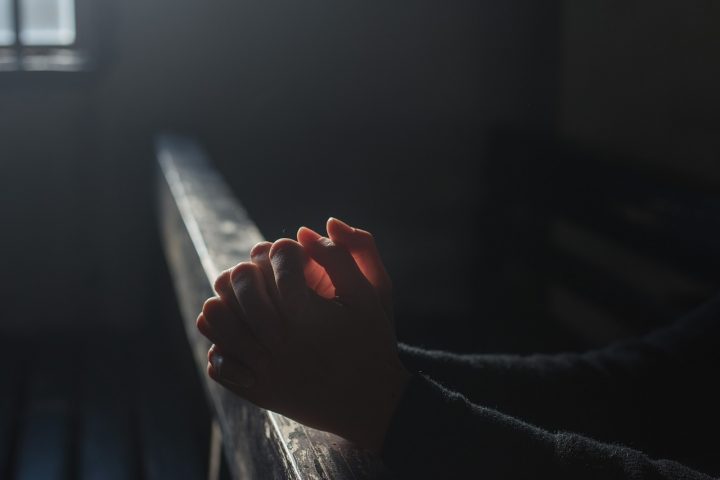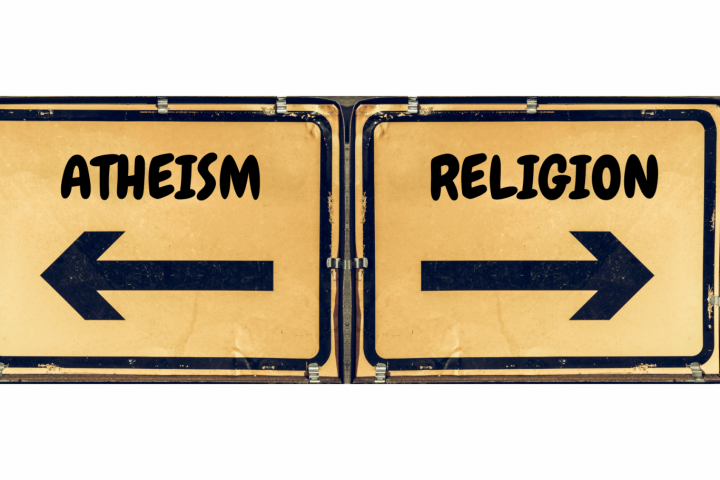I know many of you must be wondering why would we choose a topic like death rituals to write on, which people usually try to avoid.
Exactly, this is why I am writing about this. People are afraid to talk about death. Well, we all know it is inevitable. Nobody can stop it. Then, why be scared of it? Why not for a change talk about it and let our fears fly away?
There may be differences in our religion or culture but there is one thing that we all have to face ultimately i.e., death. We all have different thoughts about death and so are the rituals that are being followed after it. Every culture has its own beliefs about the rituals one has to follow after the death of a person.
Some cultures view death as a transition to other forms of existence; others view it as a circle of birth and death; whereas, in some cultures, death is the final point. Similarly, every culture has its traditional funeral rituals that are unique and different in their own way.
In this post, we will be discussing why people perform rituals after the death of loved ones. We will also be covering some of the unique vintage rituals that are still being performed with sincerity.
“Death, the only immortal who treats us all alike, whose pity and whose peace and whose refuge are for all — the soiled and the pure, the rich and the poor, the loved and the unloved.” — Mark Twain
Death through the lens of different religions
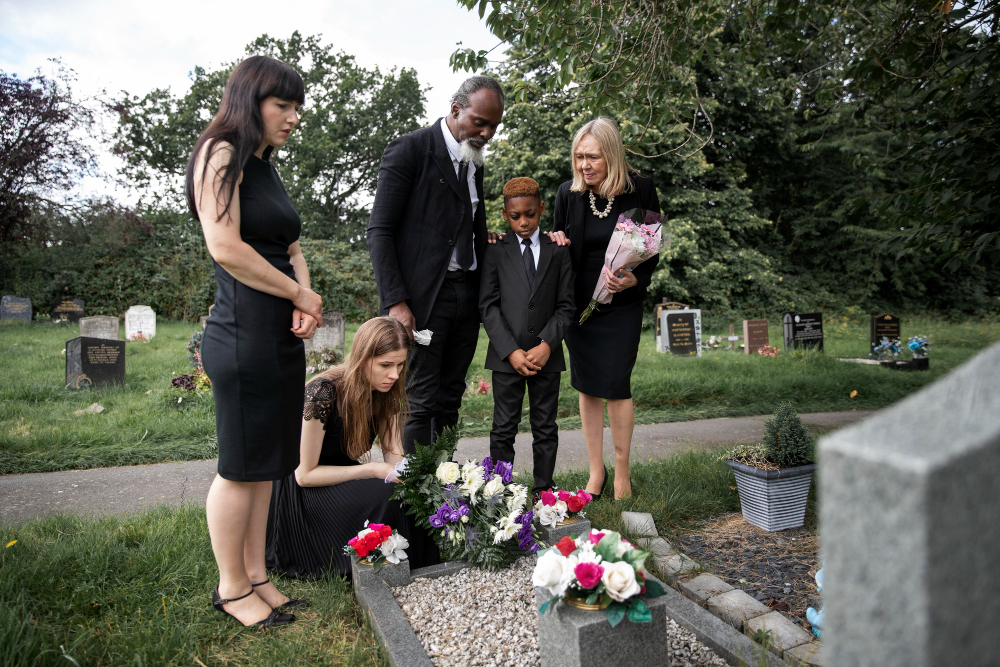
We are all different in so many ways; the different conceptions influence our lifestyles. Every culture speaks of the importance of the rituals that need to be practiced during funerals. Its values and meaning also change with the culture, but commonly it is believed that it is a way of expressing grief and pain over the death of the loved one.
The aftermath of the death news hits everybody unusually, some mourn the death whereas some celebrate the life lived and some honor it.
Let’s have a look at a few of the funeral rituals practiced in various cultures/religions
Hinduism
Hinduism is the third-largest religion practiced in the world. Hindu culture talks about the concept of reincarnation. It shares light on the value of cremation and believes that the human body dies but the soul is eternal. It takes varied forms until it reaches its true nature.
According to the Hindu religion, cremation is the easiest way of releasing the soul of the dead person. The Hindu mourning period usually ranges from 10 to 30 days. Before cremation, the deceased person’s body is washed with water, yogurt, honey, and milk. Then, the body is wrapped in neat and clean clothes (usually new clothes). If it is a female and her husband is alive, she will be dressed up as a bride.
The cremation ritual is performed by a Hindu priest along with the family members. They cremate the body of the dead person. It is done at the graveyard (Hindi: Shamshan Ghat). After the body is burned completely the remaining ashes and bones are collected by the family member the next day. They keep the ashes in a vessel made of mud and take them for release in the river (especially the river Ganga).
It is believed that the departed soul stays in the home for 13 days; it roams around and looks after the loved ones. On the 13th day of the mourning, the grieving family holds a ceremony (Hindi: tervi), where they perform the rituals to help the soul to pass on to the next life.
Customarily after one year, the family holds the first death anniversary in memory of the departed soul.
Buddhism
Buddhists believe that death is a time to speak about the good deeds of the departed soul. They talk about the importance of maintaining a calm environment so that the soul of the dead person will pass on to their next life peacefully.
Once a person is dead, the body should not be touched for at least four hours. Later on, it should be washed, cleansed, and dressed in everyday clothes.
Buddhists prefer the cremation of the dead body because they believe in reincarnation. They believe that the person takes rebirth after death.
Funeral services are held at the monastery or at home. The ceremony is performed by a Buddhist monk who reads sermons and leads chants or sutras (Buddhist funeral prayers). The funeral usually lasts between 45- 75 mins. The deceased’s family wears the white cloth, whereas mourners are expected to wear black.
It is also common for Buddhists to hold multiple services throughout the mourning period; these are usually on the 3rd, 7th, 49th and 100th day after the death of a loved one.
Christianity

Christians believe in honoring the creation of god, one of which is the human body. As the human vessel is created by god, it should be respected even after the death of the person. Cremation is discouraged and is believed to be insulting god by interfering with his creation.
In Christianity, the dead body isn’t cremated but it should be buried down, as this way the body can be resurrected at god’s will.
Death rituals in the United States mostly consist of a wake before a funeral. In North America, people conduct traditional funeral services or a reception after the funeral to celebrate the life of the deceased person. The grieving process varies depending on the family on how they want to have the ceremony. In South America, many countries believe in celebrating the life of the departed soul.
Around 75% of Europeans practice Christianity. Black is the traditional color of mourning in Europe. Many customs for funerals are passed down by generations and are still being followed by the communities.
In Germany, people believe in giving a respectful burial to the deceased person. They follow the rituals religiously and perform ceremonies by honoring the life of the dead person. Whereas in Italy, funerals become a community event, with people from all over the streets supporting the family of the deceased during tough times. Caskets are typically stacked in mausoleums instead of in the ground.
Victorian Era – a trend of death
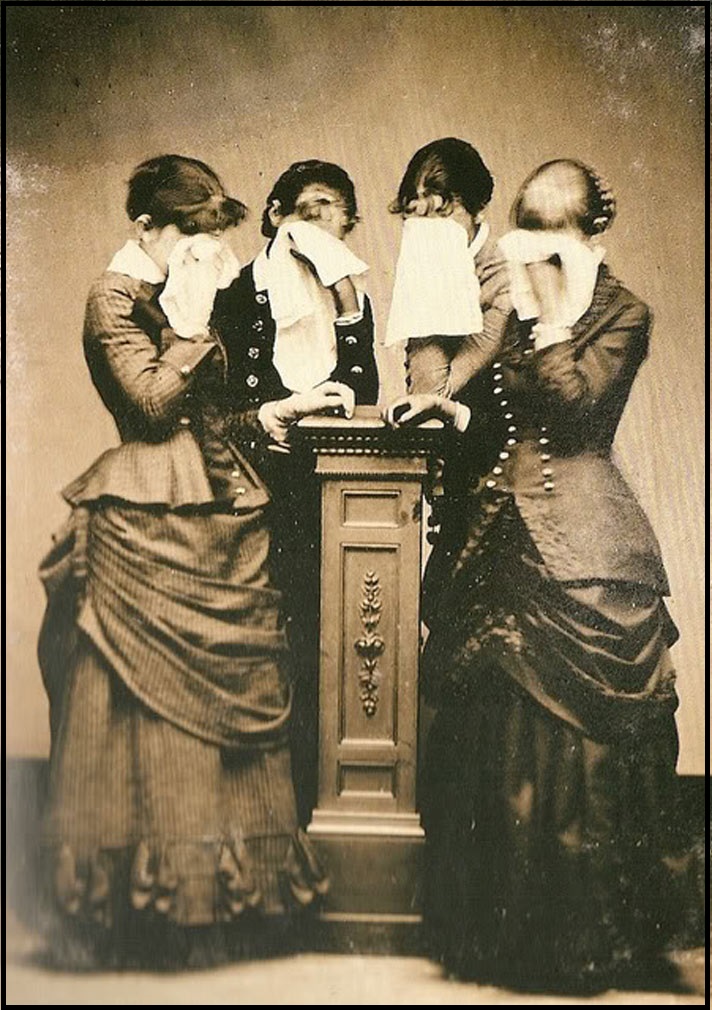
The Victorian Era is remembered for its rich culture. Queen Victoria’s reign turns out to be the most powerful empire in the world. People used to put a lot of thought into fashion and their lifestyle.
One such intriguing thing about this era was that the people used to plan their funerals while they were alive. They used to start making decisions about the color and style of the coffin they wanted to be buried in, the clothes they wanted to wear, and also the place they wanted to rest forever.
According to Marilyn Mendoza, Ph.D., in an article she wrote for Psychology Today: “It was during this time that there was a flourishing of funeral-related businesses including coffin makers, embalmers, and gravediggers. It was also during this time that burials were moved to large parks in the country as the cities no longer had room to continue burying the dead near their homes.”
There were two mourning rituals, people used to follow. First mourning (full mourning) or Second mourning (half mourning). Wives of the deceased ones used to mourn for two years in the first mourning and in the second mourning, they were allowed to wear jewelry made from the hair of the deceased. it became popular when Queen Victoria wore a locket of Prince Albert’s hair.
Death and its impact on the deceased family
Losing a loved one is not an easy thing. To come out of the death of a family member or a close one is difficult. The memories of the departed soul often make it more difficult to come out of the mourning. But as life doesn’t stop for anyone, it becomes important to come out of the sorrow.
It is during this time the support of loved ones becomes very crucial. When the families or the communities come together to support those who were close to the lost soul helps a lot. The comfort, warmth, and love help them in overcoming grief. But, what exactly does the ritual performed do?
Why are rituals performed?
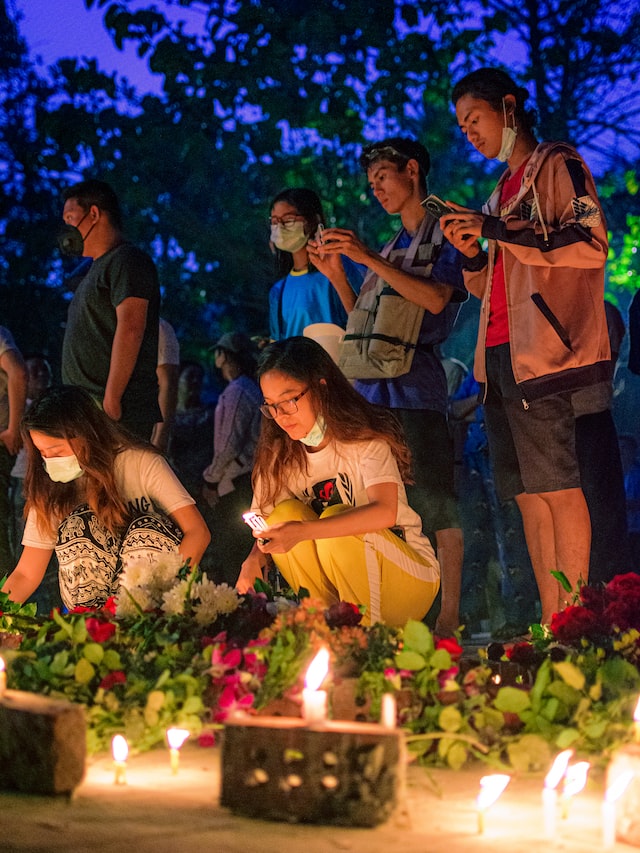
- They are performed to bid final goodbyes to the dead person.
- According to a few religions, it also helps in the easy transmigration of the soul to heaven or to another world.
- Rituals help the family of the deceased one to realize that the deceased person will not come back and is gone forever.
- Slowly and steadily with the ceremonies performed they start getting back to their normal life.
Death doesn’t make things easy for anyone. But the rituals and the customs followed after helped in overcoming the dilemma of death. When people gather together to mourn the dead person, it not only gives the family support but the courage as well to face the loss and live with it.
Some see it as a way of honoring the life of the deceased one whereas some take it as a loss of life. It varies from person to person but the ultimate aim is to ensure the smooth passing of the dead person’s soul and body.
Featured image credit – Daily Express.


